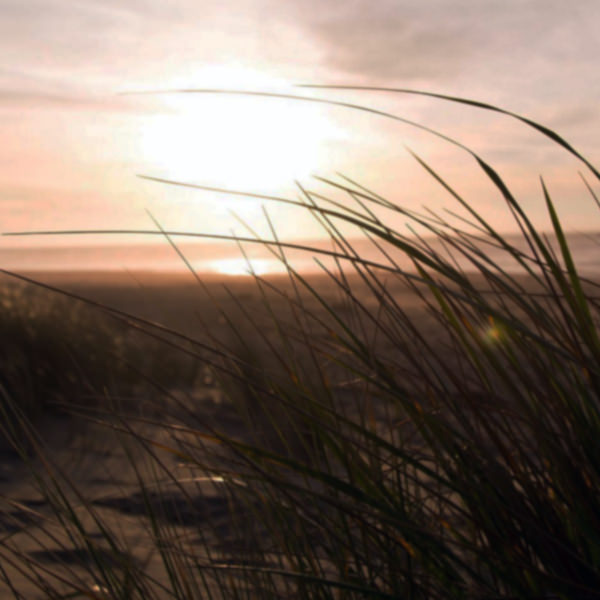By Michele S. Byers
Not long ago, bald eagles and ospreys were a rare sight in this state we’re in. But they are back – in a big way!
Two new state reports just delivered the excellent news that bald eagle and osprey populations have reached record highs in New Jersey and are expected to continue their remarkable recovery.
According to the Endangered and Nongame Species Program of the New Jersey Department of Environmental Protection, surveys conducted in 2016 documented 172 nesting or territorial pairs of bald eagles, up from 161 the year before; and 515 nesting pairs of ospreys, up from 472 the previous year.
Forty to 50 years ago, the prognosis for bald eagles and ospreys in the Garden State was dire, mostly due to pesticides.
The once widely used pesticide DDT contained a toxin that caused bird eggs to become brittle and break in the nest. DDT entered the food chain when pesticides washed into waterways and were absorbed by aquatic plants and fish.
Birds like bald eagles and ospreys – also known as “fish hawks” – ingested the DDT toxin by eating contaminated fish. Populations plummeted after years of nest failures.
Bald eagles, our national symbol, were especially impacted. In 1967, the Secretary of Interior listed bald eagles south of the 40th parallel as endangered under the Endangered Species Preservation Act of 1966.
In 1972 – a decade after Rachel Carson’s “Silent Spring” documented damage coinciding with the use of DDT – the pesticide was banned for agricultural use in the United States. The following year, the U.S. Endangered Species Act was adopted, increasing protections for bald eagles.
But eagles were slow to rebound. In 1982, there was only one bald eagle nest left in New Jersey and it repeatedly failed due to the lingering effects of DDT. The state brought in eagles from Canada to rebuild New Jersey’s population.
Since then, both in New Jersey and across the nation, bald eagles have staged an amazing recovery. In 2007, the U.S. Fish and Wildlife Service removed bald eagles from the federal list of endangered and threatened species.
Breeding bald eagle populations in New Jersey are still listed as endangered by the state; and breeding osprey populations are listed as threatened. On the federal level, both species are still protected under the Migratory Bird Treaty Act.
According to New Jersey’s 2016 bald eagle project report, 150 “active” nests – that is, those with eggs – produced 216 young. Eaglets from 11 nests were banded for future tracking. Eagles are now found in every New Jersey county, but the Delaware Bay region remains the stronghold, with 47 percent of eagle nests located in Cumberland and Salem counties and on the bay side of Cape May County.
“The state’s eagle population would not be thriving without the efforts of the dedicated eagle volunteers who observe nests, report sightings and help protect critical habitat,” the report noted.
According to the 2016 osprey report, a total of 515 active osprey nests were found. From those nests with known outcomes, a total of 670 young were produced, of which 361 were banded for future tracking.
“In our densely populated state, especially along the coast, nesting ospreys are now present in almost every coastal township from Sandy Hook to Cape May,” the report states. “To help ensure their long-term survival, we must continue to protect nest sites while dealing with nests built in dangerous locations to protect the loss of individual birds and damage to property.”
If you would like to learn more about bald eagles and ospreys, you can watch them on their nests through video cameras that have been set up in strategic locations.
Duke Farms in Somerset County installed its “Eagle Cam” in 2008 to monitor the nest of a pair of bald eagles. The nest was destroyed during Hurricane Sandy in 2012, but the eagles rebuilt it the following year in a nearby tree. The pair returned to Duke Farms earlier this year, but they have not laid eggs yet. To get a bird’s eye view of the nest, go to http://dukefarms.org/eaglecam
Island Beach State Park has about 30 nesting pairs of ospreys and the Friends of Island Beach State Park have set up an “Osprey Cam” over one of the nests, occupied last year by a couple named Bay and Bandit. To watch this nest, which also does not yet have eggs, go tohttp://friendsofibsp.org/ospre y-cam/
Enjoy these beautiful birds and be thankful there are laws to protect them and volunteers to assist in their recovery.
One additional way to protect these birds – and other endangered and threatened wildlife – is through a checkoff box on the New Jersey income tax form. By checking Line 59 of Form NJ-1040, taxpayers have the option of contributing toward the protection of threatened and endangered species.
If you are interested in volunteering to monitor nests, contact the Conserve Wildlife Foundation at 609-984-6012.
Michele S. Byers is the executive director or the New Jersey Conservation Foundation. She may be reached at [email protected]

